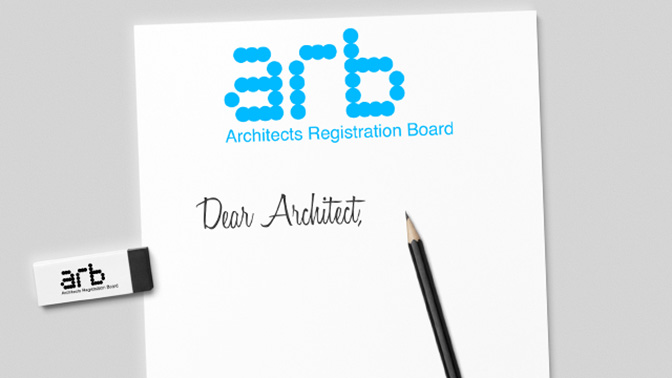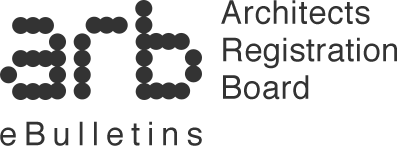
Professional Indemnity Insurance – some things to remember…..
The need for professional indemnity insurance is set out under Standard 8 of the Architects Code of Conduct and the associated guidance that sits alongside it. We’ve had a number of queries recently concerning insurance and we’ve therefore included some important points below:
When is PII necessary?
PII is necessary for any professional work carried out. This includes design work that an architect might undertake, even if only at the planning stage. This work can still carry liability and so should be suitably insured. It also includes any work you might carry out outside of your regular employment.
What level of cover should I carry?
You should carry adequate cover to meet a likely potential claim. While ARB recommends that this should never be less that £250,000 (for each and every claim), in practice you will want to consider the scale of your project, your potential exposure to loss in the event of a negligence claim (including legal costs), your clients’ expectations, and the advice of your insurance broker.
When should I notify of a potential claim?
To avoid the danger of your insurer refusing to cover a claim, it is vital that you notify them at the earliest opportunity of any circumstance that might lead to a claim. Always pay particular attention when completing renewal of policy declaration forms.
What is run-off cover?
PII is provided on a claims-made basis so you need ‘run-off’ insurance cover for at least six years after work has been completed. It is possible for claims to be made for work carried out a number of years ago. Run-off cover ensures that any such claim remains insured; if no policy is in place at the time a claim is made, you (or your estate) may remain liable for a significant period after completion.
The above are just some important points about insurance. Further details can be found under the professional indemnity insurance section on the website.


